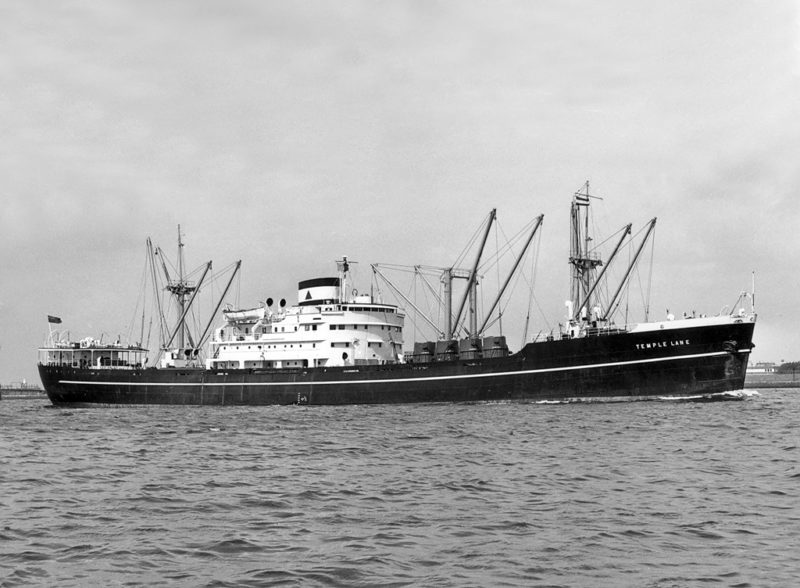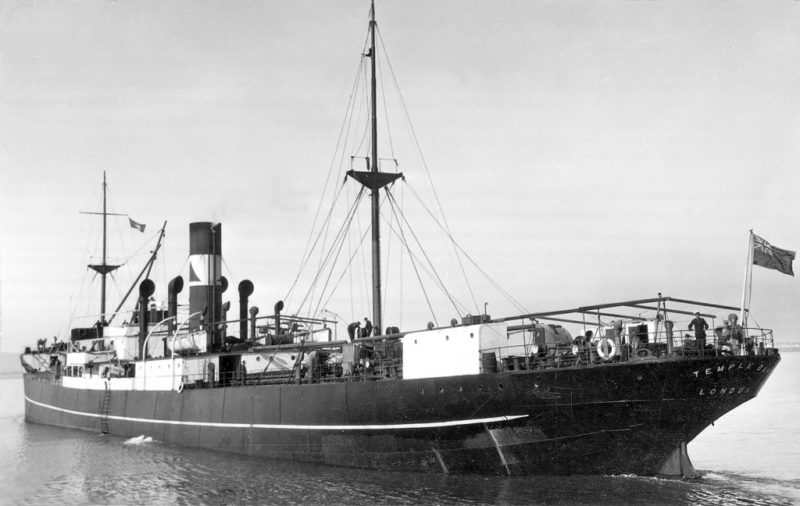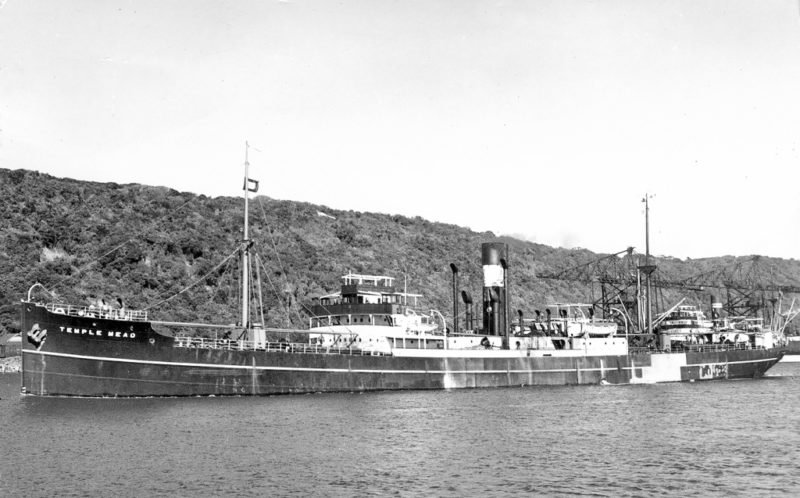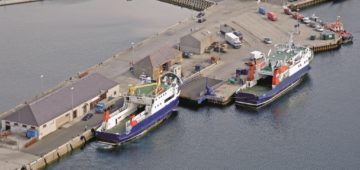
Francis Devereux Lambert (1817-1891) set up in business on his own account in 1841 at the age of 24 years in London, and joined the Coal Factors Society on 11th September 1841. However, he had roots in Newcastle, with his eldest brother, Mark William Lambert, and his father, Mark Lambert, active in the printing business that became part of the Andrew Reid & Co. Ltd. print business in Newcastle, and later the Hindson Reid Print Group of Newcastle. Francis Devereux Lambert had moved to London in the 1830s to work in the insurance and coal factor businesses of Sir James Duke, a Sheriff and Alderman of the City of London.
Unfortunately, Francis Devereux Lambert became completely blind from the age of 40 years from a disease of the optic nerve, then incurable, and died in 1891 aged 74 years. His elder son of the same name was born in 1841 and later joined the Coal Factors Society together with his younger brother, who also joined the Coal Factors Society, and with their father they were then able to run the shipping and coal businesses of Lambert, Ridley & Company (formed in 1845) and Lambert, Son & Scott (formed in 1869) as the eponymous ‘Lambert Brothers’.

GROWTH OF THE LAMBERT BROTHERS FLEET
The Lambert Brothers became shipowners in 1878 when the 119 ton wooden schooner Exhibition was purchased. She was appropriately named as she had been built in the year of the Great Exhibition of 1851. Several small steamers were then purchased for the coal trade from the Tyne and South Wales to London, including Terlings of 1871, Jubilee of 1867, Kenley of 1877, and all built of iron and purchased from Young, Ehlers & Company of London. Larger new colliers of well over 1,500 dwt were then built for the company in the 1880s including Kent and Merthyr and culminated in three fine colliers completed in the 1990s in Cookham, Ocean and Surf. The collier owning era of the concern ended after twenty years when ten colliers were sold off to William Cory & Son in Medway, Kent, Merthyr, Burham, Pelaw, Vernon, Cookham, Walker, Ocean and Surf.

The deep sea tramping trades were then entered in 1900 with the new tramps Agnes and Edith from the S. P. Austin yard at Sunderland The Commercial Steamship Co. Ltd. was purchased from Young, Ehlers & Company in 1905, with four more tramps joining the fleet in Darlington and Plympton of 4,500 dwt and the larger Manaton and Taunton of 6,500 dwt. Plympton of 4,500 dwt was wrecked in August 1909 with the others sold off around that time, leaving a three ship fleet in 1913 of Agnes, Edith and Hurstdale of 4,500 dwt purchased in 1910. The Commercial Steamship Co. Ltd. had connections with Willem Ruys of Holland, who had founded the Stoomboot Reederij Rotterdam-sche Lloyd in 1875 which became Rotterdam Lloyd in 1883. Three ships were transferred from Lambert Brothers to Rotterdam Lloyd in 1881 in Wyberton built in 1872, Hampton built in 1873, and Torrington built in 1874 and were given Dutch names, with Wyberton and Torrington returning to Lambert Brothers in 1891 and resuming their original names. The Commercial Steamship Co. Ltd. gave Lambert Brothers their funnel and houseflag of a red equilateral triangle, used for the next century.
A limited liability company, Lambert Brothers Ltd., was set up in 1902 and continued at the same address in London of 85 Gracechurch Street that had been used for several decades. The first Chairman of the company was Newton Dunn, who had joined Lambert Brothers in 1876 and was made a partner in 1892. Lambert Brothers Ltd. had ownerships of coal depots, and were coal exporters, foreign coal exporters, shipowners and ship and insurance brokers. Newton Dunn lived in Eltham in North London and continued as Chairman of the company until the 1920s, his five fellow directors in 1919 being Leonard Hinton, Alfred F. Scott, R. Rattcliff Steel, E. S. Tylke of Cardiff, Graham Wallis and A. F. Fawcus. R. Rattcliff Steel later became Chairman of the company and remained as such until 1960, with the Steel family also represented on the Board by Robert W. Steel. The Hinton family also continued to be represented on the Board by Geoffrey Hinton, who was Deputy Chairman of the company in 1960. The export of iron ore from Bilbao into U. K. ports required a subsidiary company of Ybarrola Depositos de Aceite Combustible S. A. to be set up in Bilbao to handle the bunkering and agency needs of Lambert Brothers ships.
Agnes and Edith were sold off in late 1913, with Hurstdale then sunk early in the Great War by the cruiser Karlsruhe off Brazil on 23rd October 1914 when 205 miles from St. Paul Rocks while on a voyage from Rosario to Hull with maize. A number of small ships were managed for the Shipping Controller during the rest of the war including a few owned by DFDS of Copenhagen, as well as L. H. Carl of 1,916 grt and built back in 1898 by the William Gray yard at West Hartlepool for D/S Gorm of Denmark, and became a war loss on 20th July 1917. Ship management was to be a major feature of Lambert Brothers during the interwar years.
The collier Ocean was a former member of the fleet and had passed to the ‘Black Diamond’ fleet of William Cory & Son in 1896, and became a war casualty off Hartlepool. She was commanded at the time of her loss by my maternal great grandfather Capt. Henry Edwin Norman of South Shields when she was torpedoed without warning four miles north east of Hartlepool on 23rd November 1917. Capt. Norman was trapped in his cabin with the steel door, normally left open for a quick exit, slammed and jammed completely shut by the force of the explosion. He had a narrow escape from death, suffering severe dislocated shoulders and other injuries while forcing a way out of the cabin. He was unable to resume command as Cory Commodore until the war was over.


Subscribe today to read the full article!
Simply click below to subscribe and not only read the full article instantly, but gain unparalleled access to the specialist magazine for shipping enthusiasts.





Comments
Sorry, comments are closed for this item